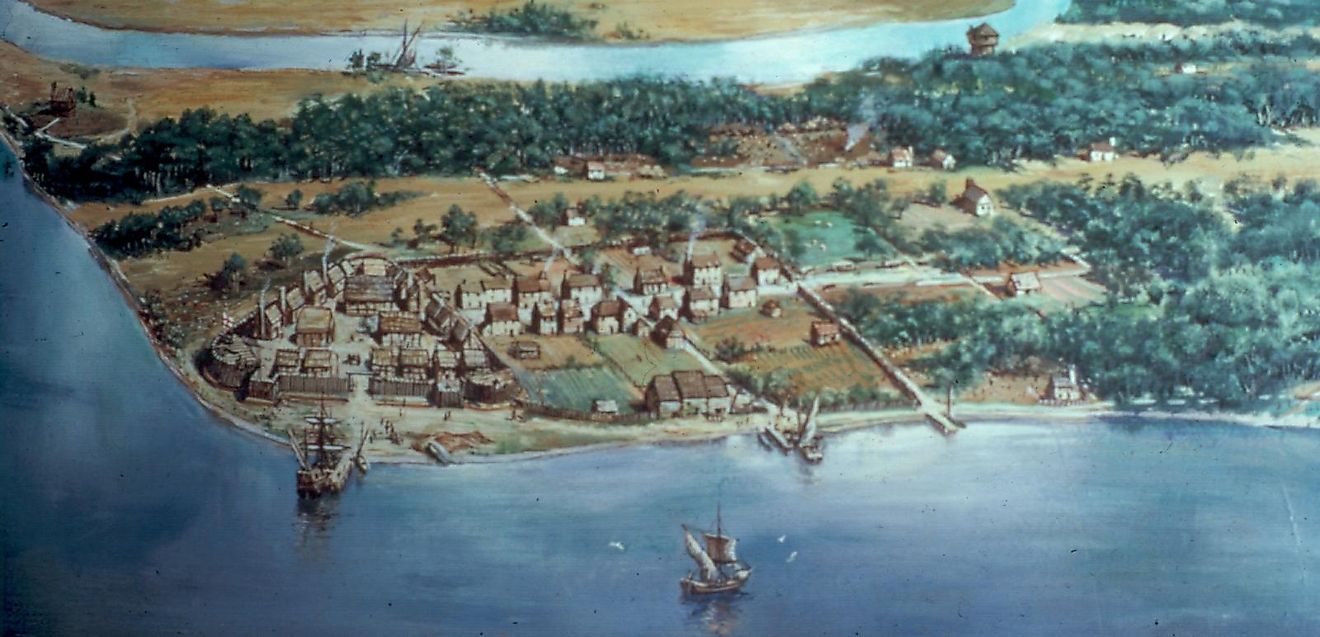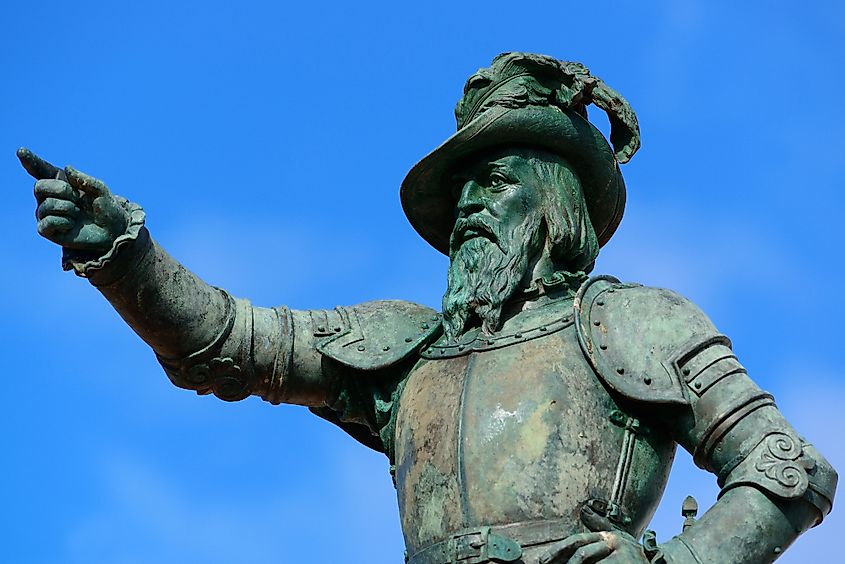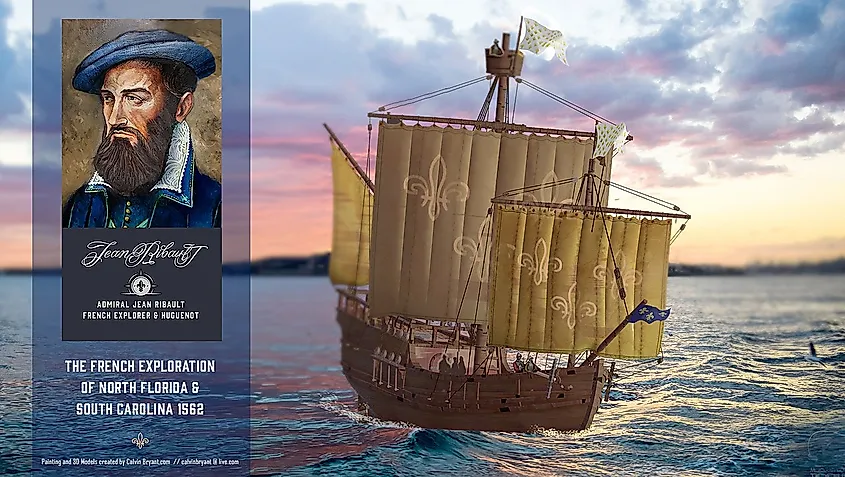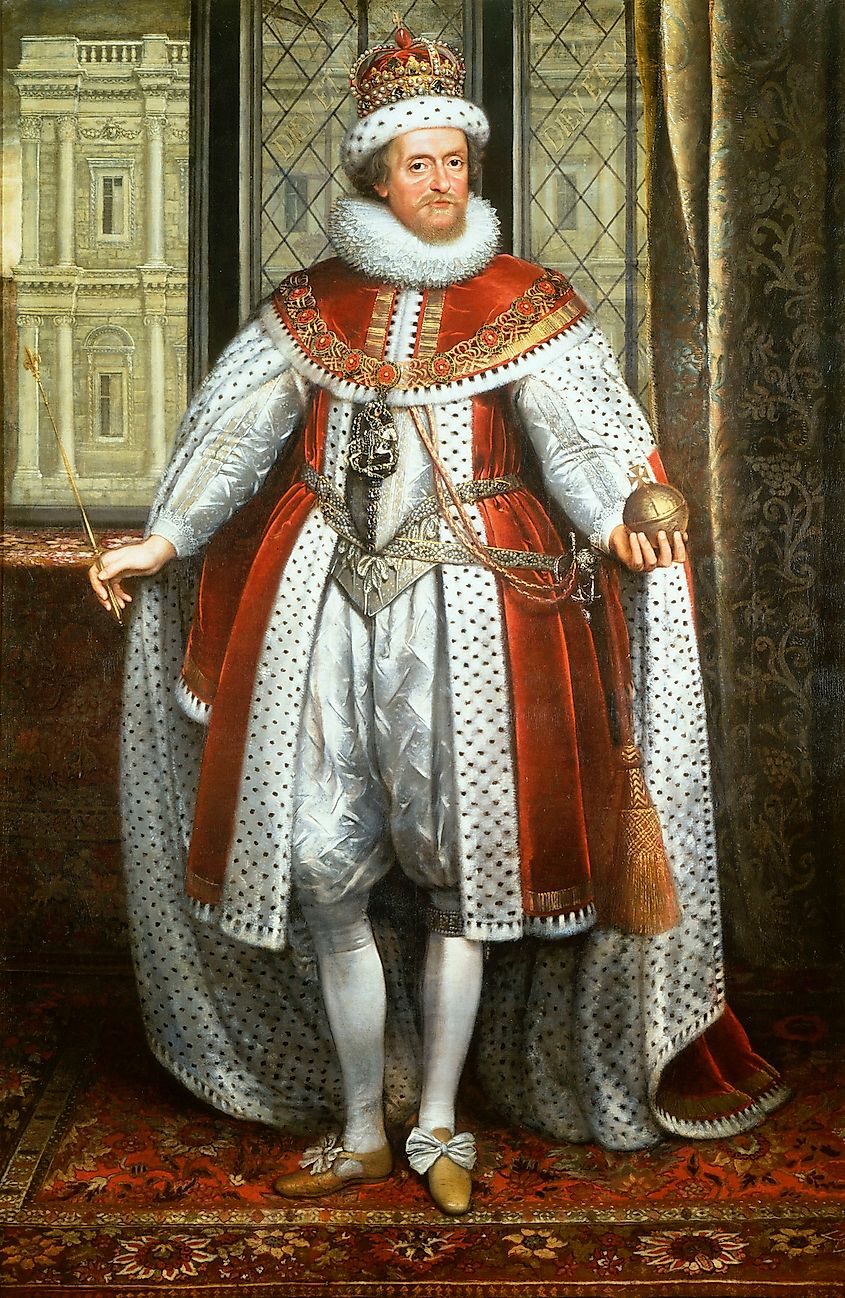Who Were The First Europeans To Settle In What Is Now The US?

- Saint Augustine, Florida, established in 1565, is the oldest European settlement in the continental United States.
- The first settlement established in what is now U.S. territory was Caparra, the first capital of Puerto Rico, established in 1508.
- Plymouth, established in 1620 in present-day Massachusetts, was the colony of the so-called Pilgrims.
“In 1492, Columbus sailed the ocean blue,” so the story goes. But Columbus did not sail to what is today the United States. It would take a few more years before Europeans started settling in what became the U.S. The history of European settlement in the region spans several centuries and is filled with stories of bloody wars between the Europeans and the natives of the land. Thousands of lives were lost and the native population was nearly wiped out to be replaced by European colonies from different European nations/kingdoms. The Spanish, French, and English all set up their colonies in the region and internal fights between these European powers to gain sovereignty over the new found land were also common at that time. So, who were the first Europeans to arrive in what is now the United States? Read on to know more:
Spanish Colonies

The first colony in what is now American territory was established in Puerto Rico, on the northeast edge of the island in present-day Guaynabo. It was founded by Spanish explorer, Juan Ponce De Leon in 1508 and was called Caparra. It was also known as La Ciudad de Puerto Rico and was the island’s first capital. The settlement, however, was short lived. Its lack of convenient access to the sea and attacks by indigenous people led the settlers to abandon the colony. In 1521, the Spanish officially moved the capital to San Juan, which remains the island’s capital to this day. That same year, Ponce De Leon tried again to establish a settlement, this time in what is now Florida, but he was unsuccessful. In fact, he was fatally wounded when indigenous people attacked him and his party of two hundred settlers.
Five years later, another Spanish explorer, Lucas Vazquez de Ayllon, made an attempt to settle in present-day South Carolina. But barely a few months later, he and many of his comrades were felled by a fever epidemic and the settlement was abandoned. Another attempt was made by Spaniards to settle in present-day Florida in 1559, on the site of what is now Pensacola, but that too was abandoned, two years later. It was not until 1565 that the Spanish were finally able to successfully establish a permanent settlement in Florida, which was named Saint Augustine. It would become the oldest European settlement in what is now the continental United States.
French Colonies

French explorers made three attempts in the 16th century to establish permanent settlements in the present-day U.S. The first attempt was in 1562, when French naval officer, Jean Ribault, founded Charlesfort on Parris Island, located in present-day South Carolina. But three years later, Spanish forces drove the French out and claimed the territory for themselves. A second French settlement was founded in what is now Jacksonville, Florida. It too was taken by Spanish forces, who murdered the French settlers. But in 1604, the French colony of Acadia was established, part of which was in present-day Maine. It would be the first success for France in establishing a permanent settlement in today’s U.S.A.
English Colonies
English attempts to colonize the present-day U.S. began in 1587, with the founding of a colony on Roanoke Island, in what is now North Carolina. Later that year, John White, the colony’s governor, decided to return to England so that he could bring back fresh supplies. But because a major naval conflict began between Spain and England upon his arrival in England, White would not return to the colony until 1590. When he did finally return, he found no sign of the colony. To this day, the fate of England’s first colony in the present-day U.S., now called the Lost Colony, is a mystery.

The English again tried to establish a permanent settlement in what is now the U.S. in 1607, when they founded a colony they named Jamestown. On May 14, 1607, one hundred English settlers, who called themselves the Virginia Company, settled on the banks of the James River. The nascent colony barely survived its first three years as famine, disease and conflict with local indigenous people took a heavy toll on the English settlement. But relief came in 1610 when a fresh group of settlers and supplies reached the colony. By the 1620s, the settlement was expanding. It would go on to become the capital of the Virginia colony until 1699.
Additional English colonies were established from 1607 onward. One significant settlement was founded in 1620, in what is now the State of Massachusetts. It was called Plymouth. Like Jamestown, it began with a population of one hundred settlers. They set sail from England in a ship called the Mayflower and eventually landed in what is now Cape Cod, Massachusetts. To this day, the story of the Plymouth Colony, some of whose original inhabitants later became known as the Pilgrims, is a significant part of the American historical narrative. It was during the voyage of these settlers that the Mayflower Compact, a set of rules for the governance of the new English colony, was written. It is considered one of the most important documents in American history, as it served as a model and precedent for self-government in what would become the United States of America.
Ongoing Colonization
Over the next two centuries, major European powers would establish dozens of new colonies in the present-day U.S. Most of the ones that would become part of the new American nation were established by the British, but there were also significant settlements established by other powers. These include New Amsterdam, which was established by the Dutch in 1625 in what is now the New York City borough of Manhattan; the French settlements of Detroit (1701), New Orleans (1718), and St. Louis (1763), as well as many Spanish towns in what are now the states of California, New Mexico and Texas.











